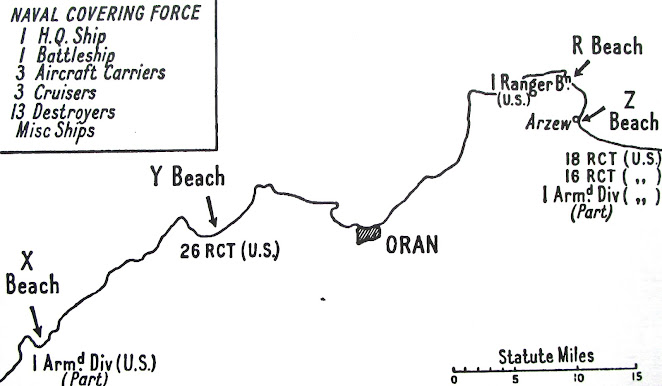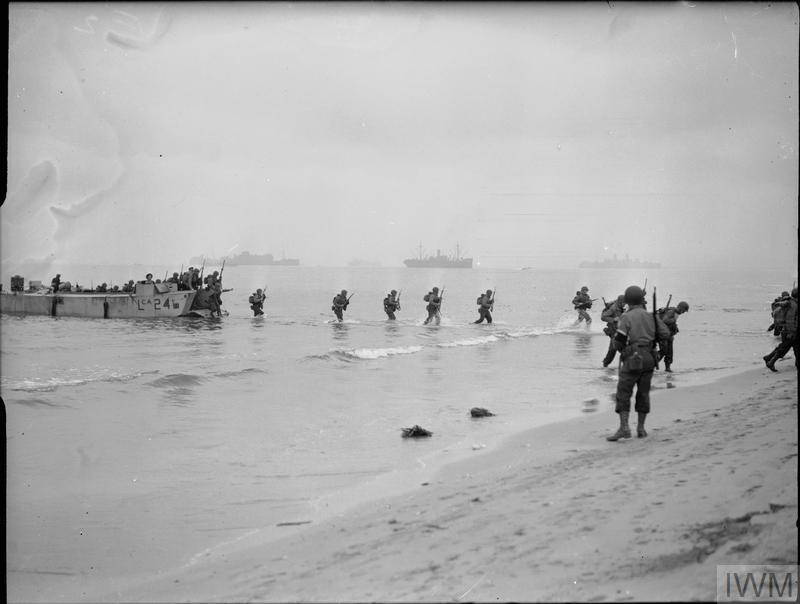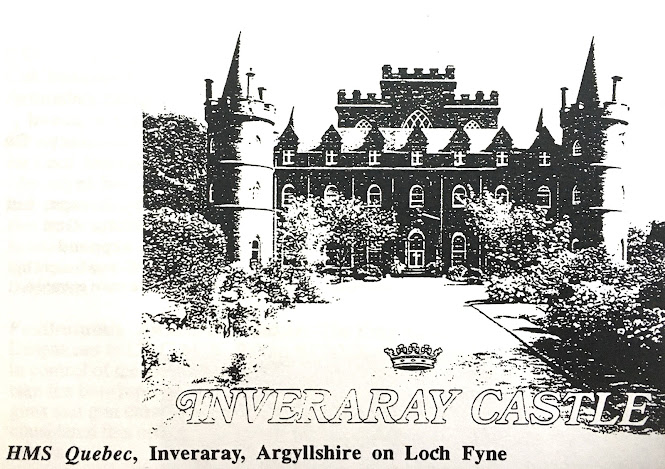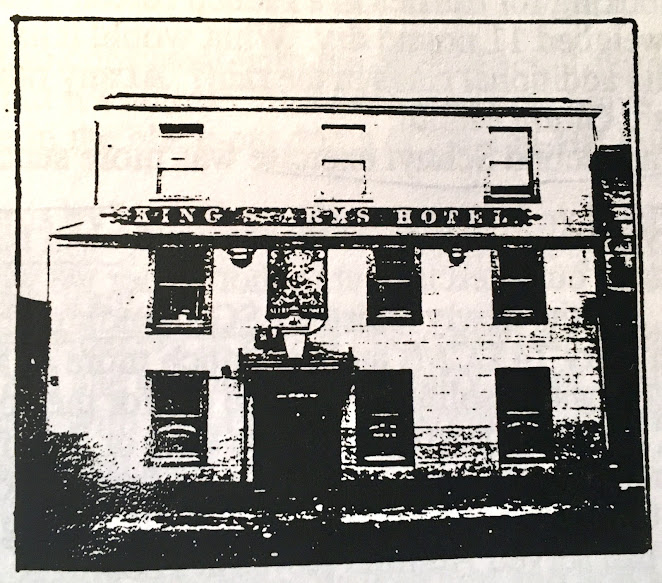The First Landing Crafts Canadians Saw at HMS Northney
The Drawings of D. Moira Cruickshank, and More
A wartime photograph of a drawing of a landing craft, assault or
LCA, two views mounted on card. One of a series of photographic
reproductions of D. Moira Cruickshank's landing craft.
Photo Credit - The D-Day Story, Portsmouth
The first groups of Canadian sailor (RCNVR) volunteers for Combined Operations Command (British organization) left Canada in January, 1942, aboard the Volendam (Dutch liner). And after landing in Gourock, Scotland, these 90 - 100 raw recruits - not yet even knowing what their role was to be - were soon sent to HMCS Niobe at Greenock. Soon thereafter, they were placed upon trains and delivered to training camps HMS Northney (1 - 4) where they were told what their role was to be.
Lloyd Campbell (RCNVR, Combined Ops) writes:
After a few days at the Greenock base we were posted to HMS Northney III on Hayling Island near Portsmouth on the south coast of England. The purpose was training and it was there that we discovered we had 'volunteered' to operate Landing craft for future raids and landings under the auspices of Combined Ops (Operations).
My Naval Chronicles, page 9
The chances are very good that the Canadian sailors stepped aboard a few LCAs while at HMS Northney, and it is very possible that the drawings by D. Moira Cruickshank were revealed in classroom settings. Several of her expert and valuable drawings appear below, along with other information re the types of craft depicted:
Photo Credit - The D-Day Story
Photographs and a great deal of related information can be found at the informative website entitled The D-Day Story out of Portsmouth, England. (Visit the 'Discover' heading > 'The D-Day Story Collection' > 'Collection: Vehicles, Artillery and Ships')
Original drawing of a Landing Craft, Personnel (Ramped) or LCPR
by D. Moira Cruickshank. It shows a front view plus a starboard bow
view seen from oblique angle above. Photo Credit - The D-Day Story
A wartime photograph of a drawing of a landing craft, personnel
(ramped) or LCPR, three views. Photo Credit - The D-Day Story
A wartime photograph of a drawing of a landing craft, personnel
(medium) or LCPM, two views. Photo Credit - The D-Day Story
A wartime photograph of a drawing of a landing craft, support (medium)
or LCS(M), two views. Photo Credit - The D-Day Story
or LCM, two view. Photo Credit - The D-Day Story
A wartime photograph of a drawing of a landing craft, Assault or LCA,
two views. One of a series of photographic reproductions of D. Moira
Cruickshank's landing craft. Photo Credit - The D-Day Story
A wartime photograph of a drawing of a landing craft, mechanised or LCM
Mark II, two views. One of a series of photographic reproductions of D.
Moira Cruickshank's landing craft. Photo Credit - The D-Day Story
A wartime photograph of a drawing of a landing craft, mechanised or
LCM Mark III, two views mounted on card. Photo - The D-Day Story
A wartime photograph of a drawing of a landing craft, personnel (ramped)
or LCPR, three views mounted on card. Photo Credit - The D-Day Story
A wartime photograph of a drawing of a landing craft, personnel (large)
or LCPL, three views mounted on card, and a landing craft, mechanised
or LCM, two views mounted on card. Photo Credit - The D-Day Story
A wartime photograph of a drawing of a landing craft, assault or LCA
two views mounted on card. Photo Credit - The D-Day Story
Also at The D-Day Story website out of Portsmouth, visitors will find a selection of artwork by Mr. Robert Rae Rule depicting various scenes re the D-Day landings, June, 1944. Various landing crafts are seen in each drawing and a few of Mr. Rae's art pieces are shared below:
Photo as found at The D-Day Story
Details that accompanied the above:
A drawing showing British troops landing on the Normandy beaches on D-Day. Some troops are making their way up the beach, while others are caring for the wounded. On the right a white ensign is flying at a beach group post. At the water's edge are an LST (Landing Ship, Tank), an LCT (Landing Craft, Tank) and a Liberty Ship. One of fifteen pen and watercolour drawings done by Mr Robert Rae Rule, who at the time of D-Day was a naval sick bay auxiliary on board H.M.S. Empire Mace, off Gold Beach. Most were drawn at the time of D-Day, sometimes from memory and sometimes from descriptions given by other people, often a few days after the events depicted. All are mounted on coloured paper.
(LCA) under the stern of H.M.S. Empire Mace in a rough sea, off the
Normandy coast. More information about the drawings is given on
the mounts or in correspondence. Photo Credit - The D-Day Story
A drawing showing the Landing Ship, Infantry (LSI) H.M.S. Empire Mace at
sea with several British Landing Craft, Assault (LCA) on the water around it.
Photo Credit - The D-Day Story, Portsmouth
A drawing showing British troops inside a Landing Craft, Assault (LCA) at
6.30am on D-Day, about an hour before they are due to land in Normandy.
Photo Credit - The D-Day Story
A drawing showing three columns of Landing Craft, Assault (LCA) of 541st
Royal Marine Flotilla practising in the Solent before D-Day, May 1944.
Photo Credit - The D-Day Story
Details that accompanied the above photo (click here):
I encourage readers to visit The D-Day Story, Portsmouth. There is much there to discover.
Please click here to link to more of The Arts of War as found in "The Crows Nest" Part 7
Questions and comments can be sent to G. Harrison at gordh7700@gmail.com
Unattributed Photos GH
























































